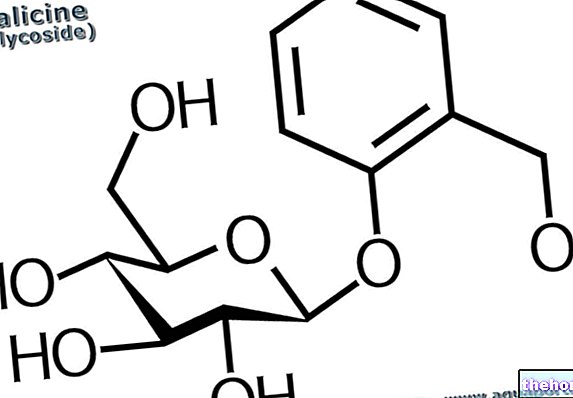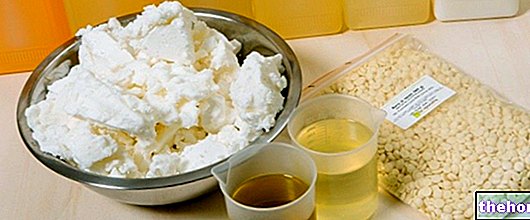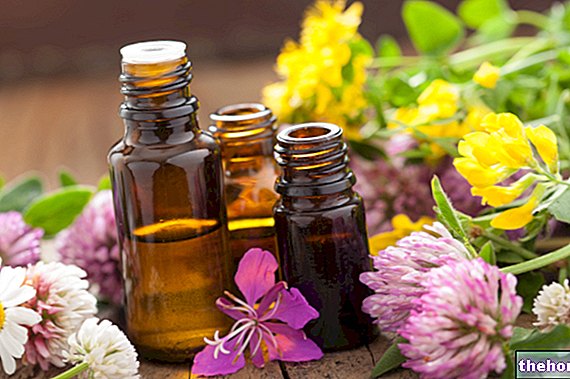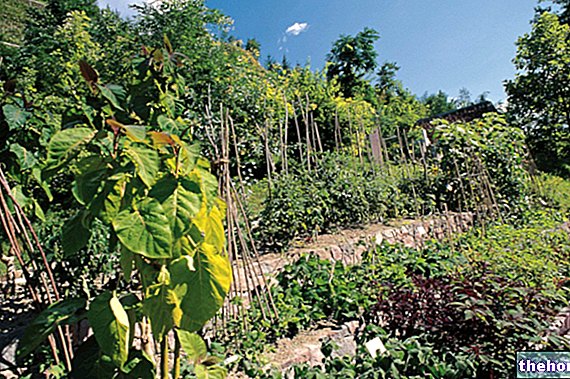Cascara and buckthorn are small shrubs of the Ramnaceae family, of which the bark with laxative - stimulating properties is used. These drugs are subjected to a manufacturing process related to the desired functionality and use.

They are bark drugs and as soon as they are collected, they contain high amounts of anthranols, compounds of anthracenic derivation that have a high irritating power and do not determine an easy use of the drug itself. Simple drying is not sufficient to oxidize these anthranols to anthrones and anthraquinones.
At one time these drugs were kept at rest for one year after drying (time considered necessary for the oxidation of all anthranols to anthrones and anthraquinones); only in this way could drugs like Cascara and Frangola be used as anthraquinone drugs.
However, today's herbal market requires much faster production times and methods, so Cascara and Frangola are dried in an oven at 100 ° C for an hour. This drying treatment ensures the oxidation of anthranols - or most of the they - to anthrones and anthraquinones, making the drug of immediate use.
The treatment to which Cascara and Frangola are subjected is very drastic compared to other anthraquinone drugs, but it is absolutely necessary, precisely because in the fresh state they have high quantities of anthranols (which give the drug emetic properties, this means that they cause vomiting because they are particularly irritating ; if withheld and not rejected, the drugs that contain them can even be caustic, as indeed all anthraquinones taken in particularly excessive doses).
These drugs should not be administered to patients with long periods of constipation (delayed or stunted bowel or entire digestive tract function) and the cause of which has not yet been ascertained. In any case, their use should only be done after consulting your doctor.
Update: New European Regulation of 18 March 2021
On April 8, 2021, the ban on marketing foods and food supplements containing hydroxyanthracenes and their derivatives, a family of molecules contained in various plants, such as aloe, cassia, rhubarb and senna, came into force.
More in detail, the new European Regulation of March 18, 2021 - which came into force, precisely, April 8, 2021 - modifies Annex III of Regulation (EC) No. 1925/2006 of the European Parliament and of the Council to as regards the botanical species containing hydroxyanthracene derivatives.
The full text can be consulted by clicking here. However, we can summarize the main points as follows:
- The following are added to the list of substances whose use in food is prohibited (Annex III part A of the aforementioned regulation):
- Aloe-emodin and all preparations in which this substance is present;
- Emodin and all preparations in which this substance is present;
- Preparations based on leaves of Aloe species containing hydroxyanthracene derivatives;
- Dantrone and all preparations in which this substance is present.
- The following are added to the list of substances whose use in food is subject to Community surveillance (Annex III part C):
- Preparations based on the root or rhizome of Rheum palmatum L., Rheum officinale Baillon and their hybrids containing hydroxyanthracene derivatives;
- Preparations based on leaves or fruits of Cassia senna L. containing derivatives of hydroxyanthracene;
- Preparations based on bark of Rhamnus frangula L. o Rhamnus purshiana A.D. containing derivatives of hydroxyanthracene.




























